Sparkline graphs using data: URIs
A while back, I ran across sparkline graphs, created by Edward Tufte for displaying data visually in a very compact space, usually inline with text. Google uses these extensively in their Analytics product, and it seemed like a great fit for representing data on the ZingLists administrative dashboard.
There are two easily found implementations of sparkline graphs for Ruby: Sparklines and Bumpspark. Bumpspark is nice because the graphs use data: URIs and don’t require any extra parts server-side, but the Sparklines plugin offers far more drawing options.
Why not the best of both? Here is a modified sparkline_tag method for Sparklines, which accepts a new option, :inline_data. When true, it emits a data: URI instead of a reference back to your server. I like this for several reasons: it loads faster, it doesn’t require a new controller, and it doesn’t require a new route if you’ve done away with the generic /:controller/:action/:id and are using RESTful routes.
require 'base64' def sparkline_tag(results = [], options = {}) tag_options = { :class => (options[:class] || 'sparkline'), :alt => "Sparkline Graph" } if options.delete(:inline_data) tag_options.merge!(:src => "data:image/png;base64,#{Base64.encode64(Sparklines.plot(results, options)).gsub("\n", "")}") else url = { :controller => 'sparklines', :results => results.join(',') } tag_options.merge!(:src => url_for(url.merge(options))) end tag(:img, tag_options) end |
Update: When I emailed this to Geoff (who maintains Sparklines), he reminded me that IE doesn’t support data: URIs, so :inline_data isn’t useful if your pages need to display in IE.
